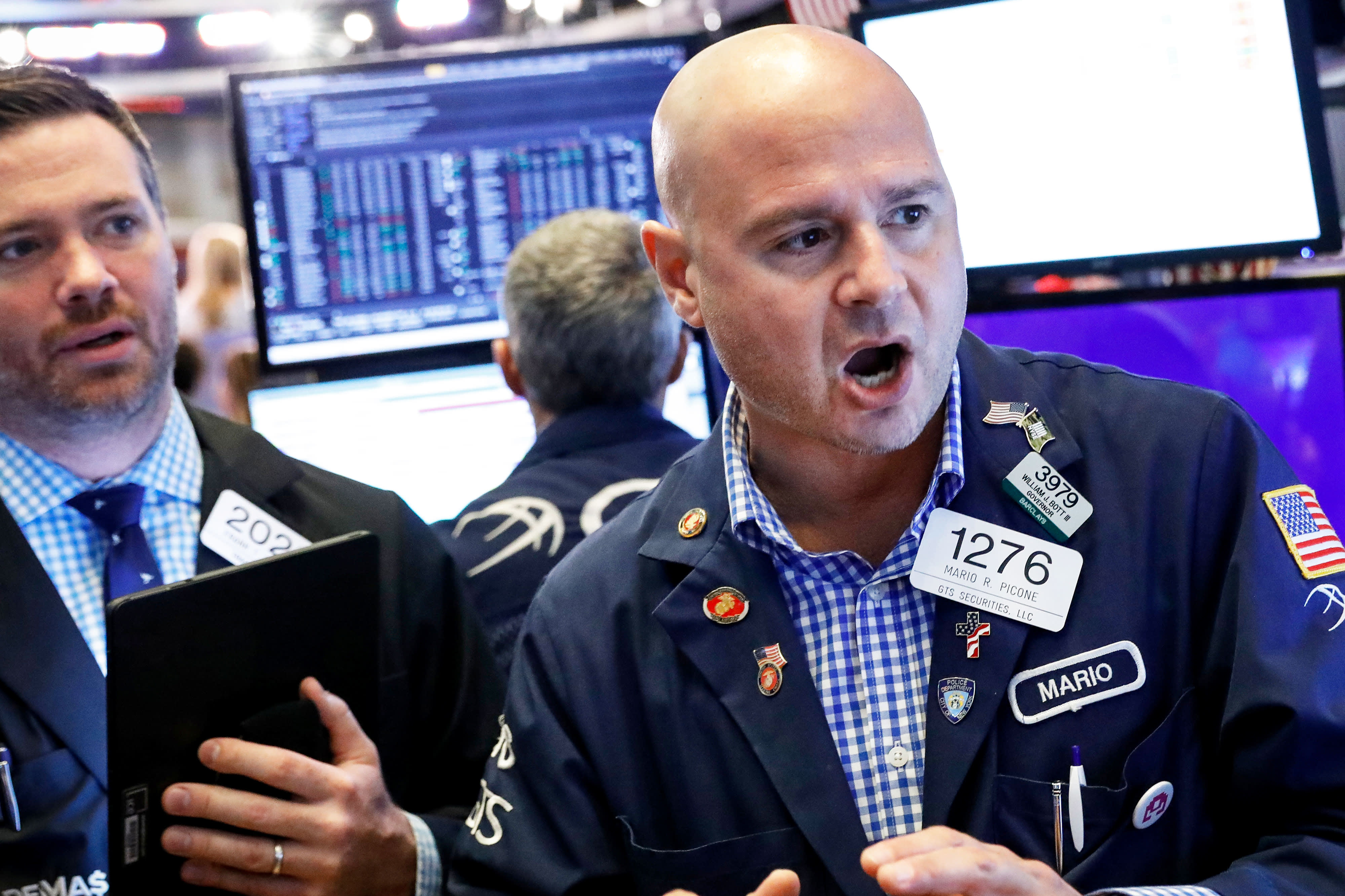This post was originally published on this site

Brendan McDermid | Reuters
It has been a year for celebration on Wall Street, with the S&P 500 rising nearly 30%, but investors relying on seasonal trends probably found themselves frustrated as the market defied traditional patterns.
January, February and June historically rank in the bottom half of any year for stock performance, according to a report from Bespoke Investment Group, but this year they were among the best months.
Another departure was September, which on average, posted a negative return from 1980 to 2018, according to the report. But the S&P 500 rose 1.72% during that month in 2019.
“2019 was atypical for seasonality as most sectors blew their average performance out of the water and monthly patterns looked quite different,” the Bespoke report said.
Part of the divergence also comes from a strong January for stocks as the market bounced back from last December’s sell-off. January has been the best month of the year for the S&P 500, which gained 7.87%. January has been just the seventh-best month historically, according to Bespoke, with an average return of 0.93%.
One traditional strategy that looked successful for a while was “sell in May and go away,” an idea that involves selling equities for the summer months. Rising tensions in the trade war between the United States and China highlighted the month of May, which saw the S&P 500 fall 6.58%.
The pattern did not hold once the calendar turned to the next month, however. June, typically one of the worst months for stocks, was the second best in 2019. The S&P 500 rose 6.89%, compared with a historical average of 0.08%. The index is up more than 17% since the end of May.
The Federal Reserve provided a boost for the markets in the second half of the year as it lowered its interest rate target three times, beginning Aug. 1, but so far that stimulus hasn’t been enough to make the year’s final months the big winners of 2019.
As of Dec. 26, none of the months after the first rate cut were a top-three month this year. Historically, October, November and December are among the best months for the market
Seasonality broke down for stocks with smaller market caps, as well. The Russell 2000 has three months with negative average returns since 1980, according to Bespoke, but all three finished positive this year. In March, which historically sees an average gain of 1.21%, the smaller stocks fell 2.27%.



